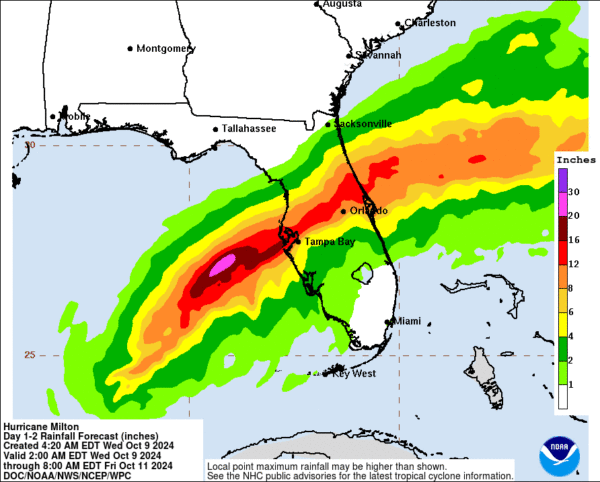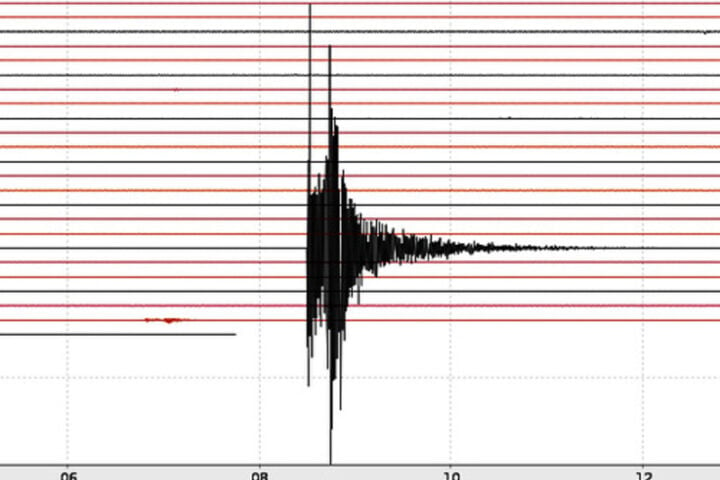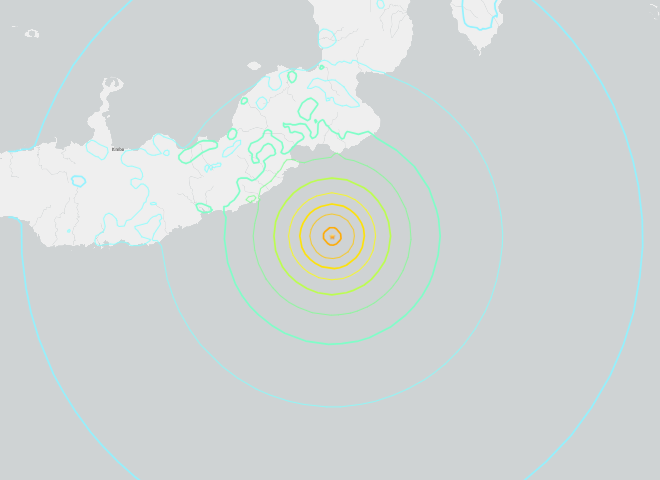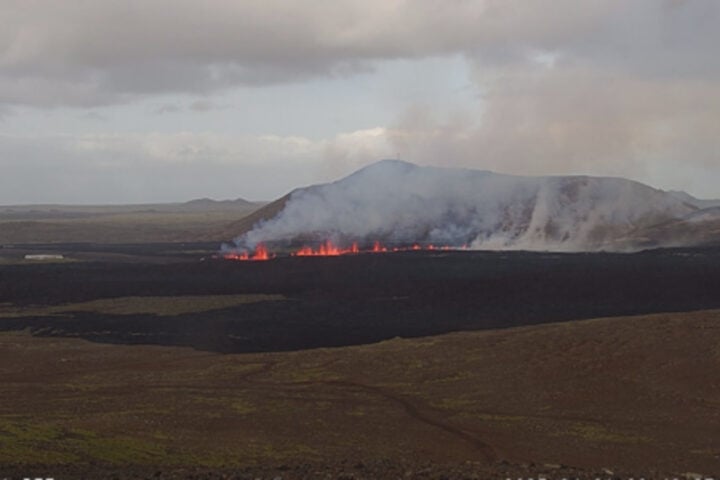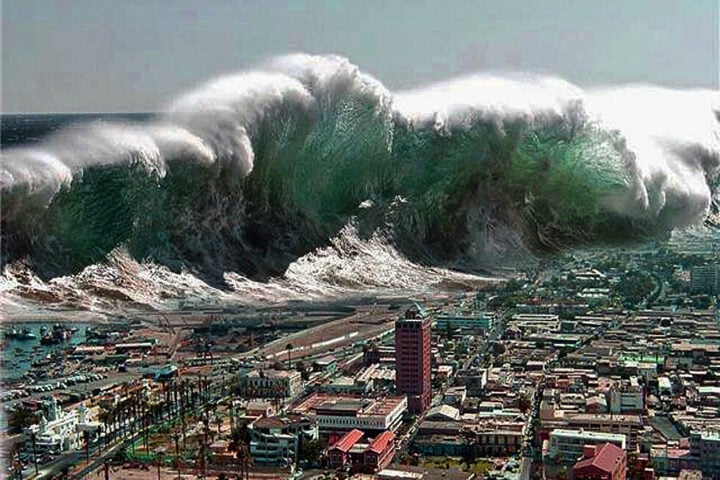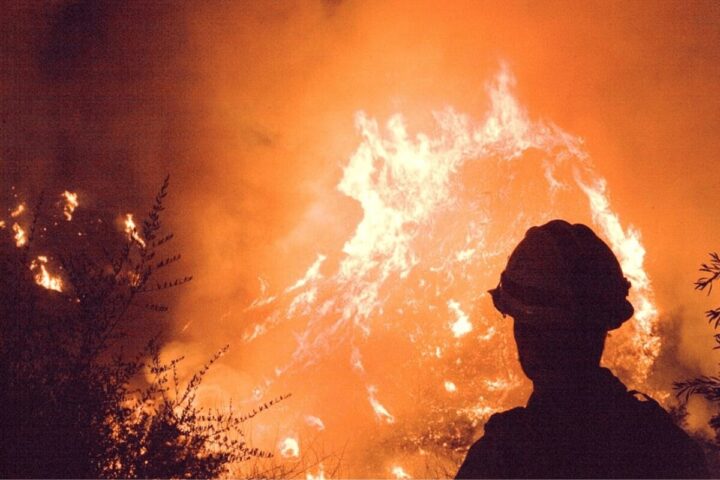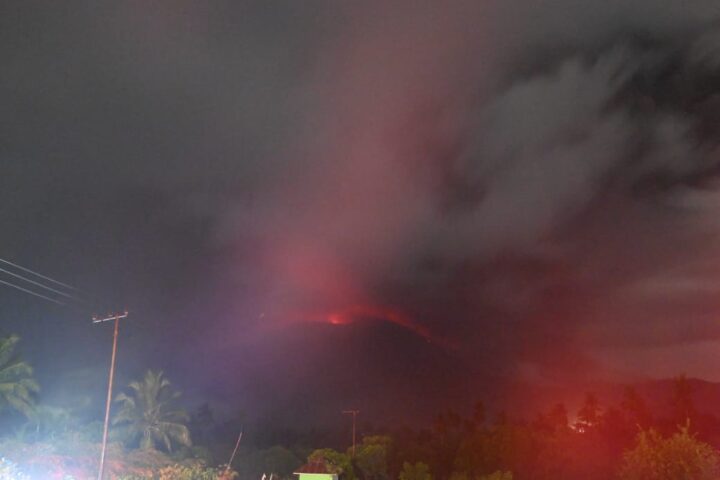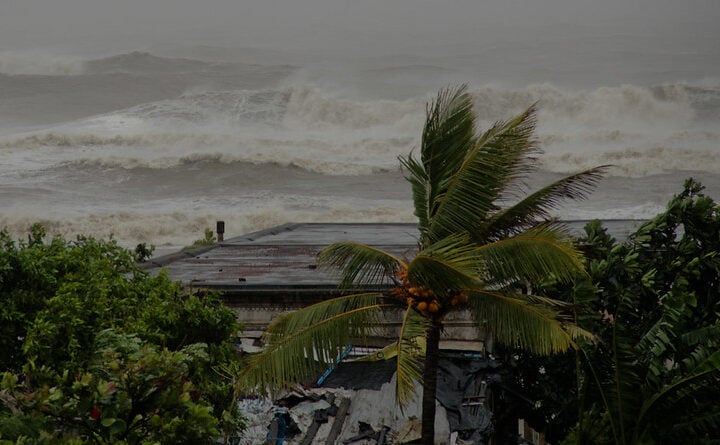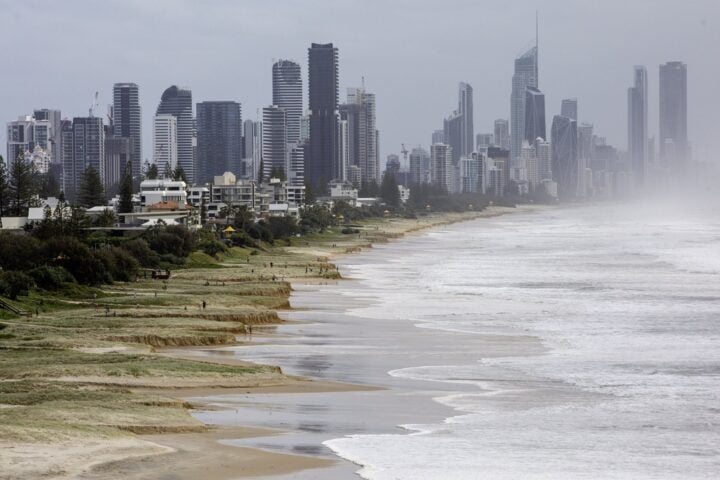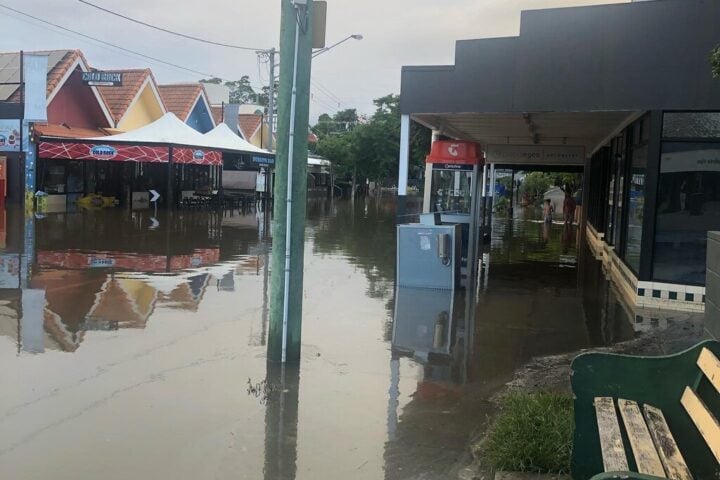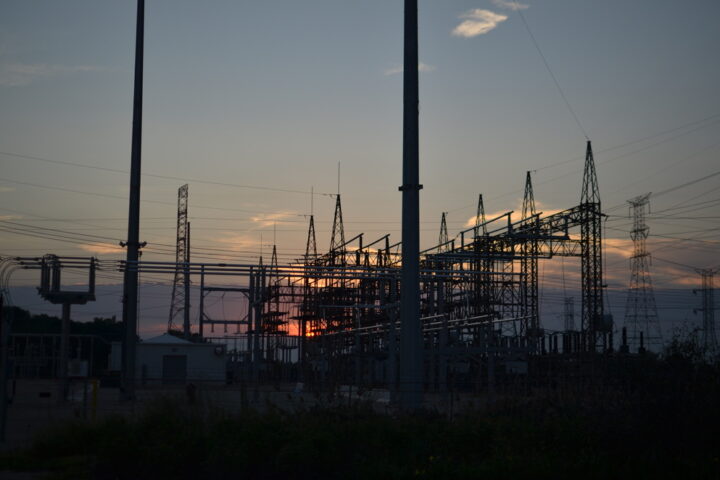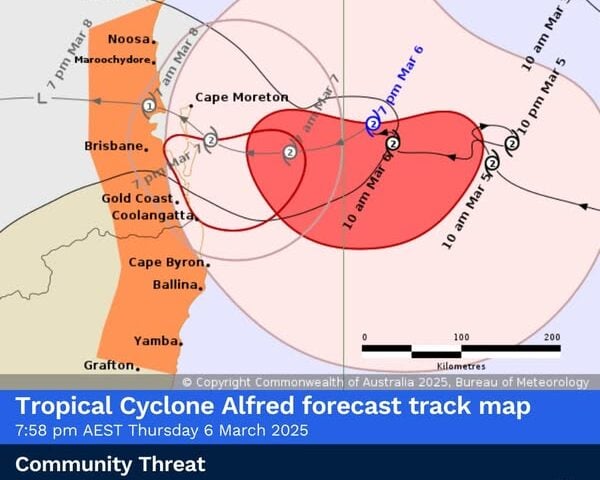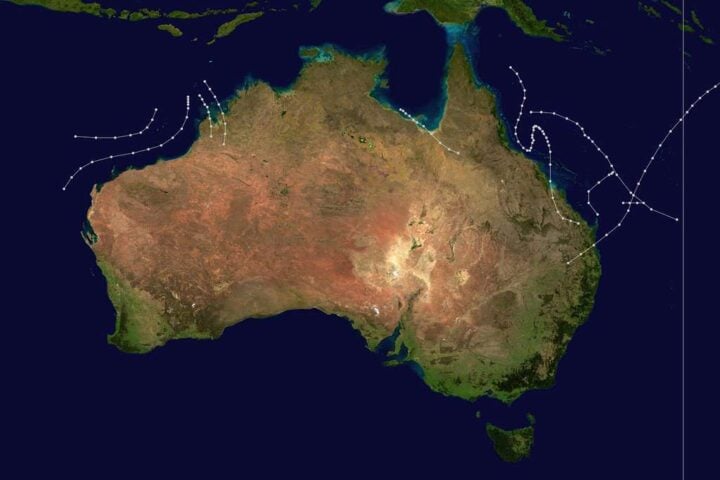Hurricane Milton, now a powerful Category 5 storm with maximum sustained winds of 165 mph, is barreling towards Florida’s Gulf Coast, prompting mass evacuations and dire warnings from officials. The storm, which rapidly intensified over the past 24 hours, is expected to make landfall late Wednesday night or early Thursday morning, bringing with it devastating winds, torrential rain, and potentially historic storm surge.
“Hurricane Milton is currently a very powerful hurricane located in the southeastern Gulf of Mexico, approximately 350 miles southwest of Tampa,” said NWS Tampa Bay Meteorologist Ross Giarratana in a morning update at 5:15 am on Wednesday. “The storm has a well-defined eye and significant thunderstorm activity, with maximum sustained winds of 160 miles per hour, classifying it as a category five storm.”
Giarratana warned that Milton is expected to bring “multiple rain bands across the state throughout the day,” resulting in “severe weather, including heavy downpours, strong winds, and the potential for isolated tornadoes as the system approaches the coast.”
Worst Storm Surge in Decades Predicted
The storm surge forecast is particularly alarming, with predictions of 8 to 12 feet in some areas and 10 to 15 feet in Venice, Sarasota, and throughout Tampa Bay. “The forecast is aggressive due to the uncertainty of the exact landfall point, but extreme values are expected where the center comes ashore, particularly to the south,” Giarratana noted.
National Hurricane Center Director Michael Brennan echoed these concerns in a live update at 5:45 p.m. on Tuesday. “Milton is going to start to bring multiple life-threatening hazards to much of the Florida Peninsula starting tomorrow,” he said. “We’re still expecting Milton to be a powerful major hurricane as it approaches the coast of Florida, bringing widespread impacts from both wind and storm surge.”
Similar Posts
Brennan emphasized the potential for “destructive life-threatening storm surge” of 10 to 15 feet above ground level in some areas. “This is not a safe environment to stay in,” he warned. “If you are in one of those storm surge evacuation zones along the west coast of Florida, please heed that evacuation advice if you’ve been asked to leave by your local officials. Get out as soon as you can.”
Governor DeSantis Urges Preparation, Evacuation Florida Governor Ron DeSantis, in a press statement on October 8, urged residents to take the storm seriously and heed evacuation orders. “Hurricane Milton is going to move across the eastern Gulf of Mexico through Wednesday, make landfall along the west-central coast of Florida Wednesday night, and move off the east coast of Florida over the Atlantic Ocean on Thursday,” he said.
DeSantis noted that while the exact landfall location remains uncertain, “the impacts will be broader than that, specifically with respect to storm surge.” He announced that 51 counties are now under a state of emergency and urged residents to “prepare for power outages, stock up on enough food and water to last a week, and be ready to leave their homes if necessary.”
Concerns Over Debris from Hurricane Helene Officials are also expressing concern about the potential for debris left over from Hurricane Helene, which struck the region less than two weeks ago, to become dangerous projectiles in Milton’s powerful winds. Despite frenzied efforts to clean up, mounds of rubble – including sheet metal, cinderblocks, and large appliances – remain in many neighborhoods.
“Rumors that we don’t have enough resources, that could not be further from the truth,” said Tampa Mayor Jane Castor in a news briefing on Tuesday. “The federal government, the state government, the county, the city, private entities, are working hand-in-hand, first and foremost, to get that household debris up and out of the way, and secondly to make sure everyone is safe as we endure whatever Milton brings our way.”
As Hurricane Milton approaches, residents are urged to closely monitor the storm’s path, heed all evacuation orders, and take necessary precautions to ensure their safety. With the potential for catastrophic damage and life-threatening conditions, officials stress that now is the time to act to protect lives and property.
